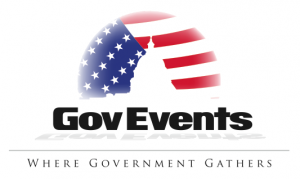In this post we're going to to get real about our relationships. Before you think we've changed our focus here at GovEvents, this post is focused on the relationships with the vendors who make events happen. This vendor group includes hotels and other venues, catering companies, AV services and product companies, as well as transportation and logistics partners, and photographers to name a few.
A great vendor relationship is worth its weight in gold. Having a great relationship with all vendors involved in an event has benefits for attendees and planners.[Tweet "A great vendor relationship is worth its weight in gold. #GovEventsBlog"] Attendees get a seamless experience and the event planner or host can feel a sense of calm even during the mad rush leading up to the event. But how do you cultivate long-term relationships and how do you get off on the right foot? Continue reading





